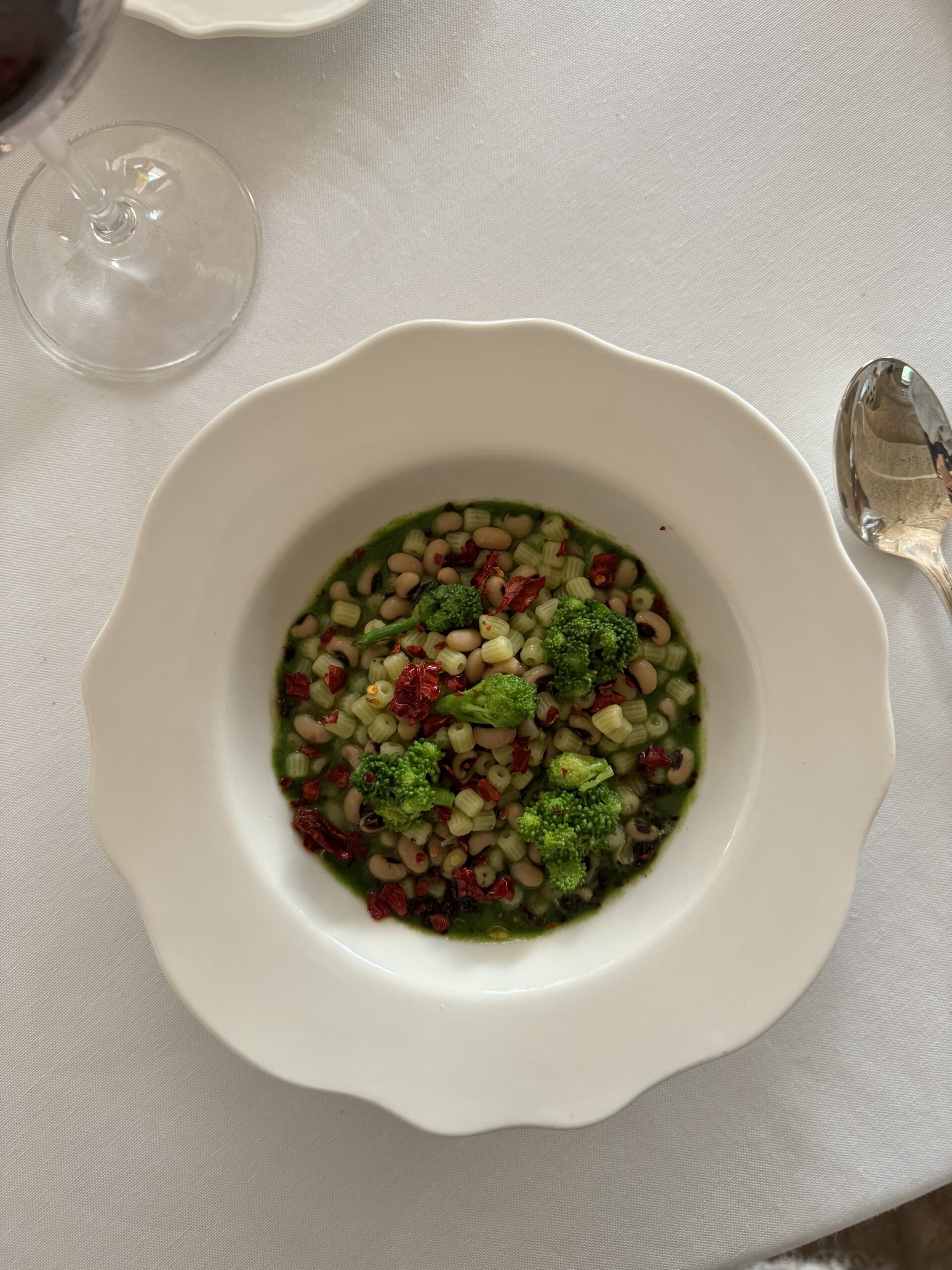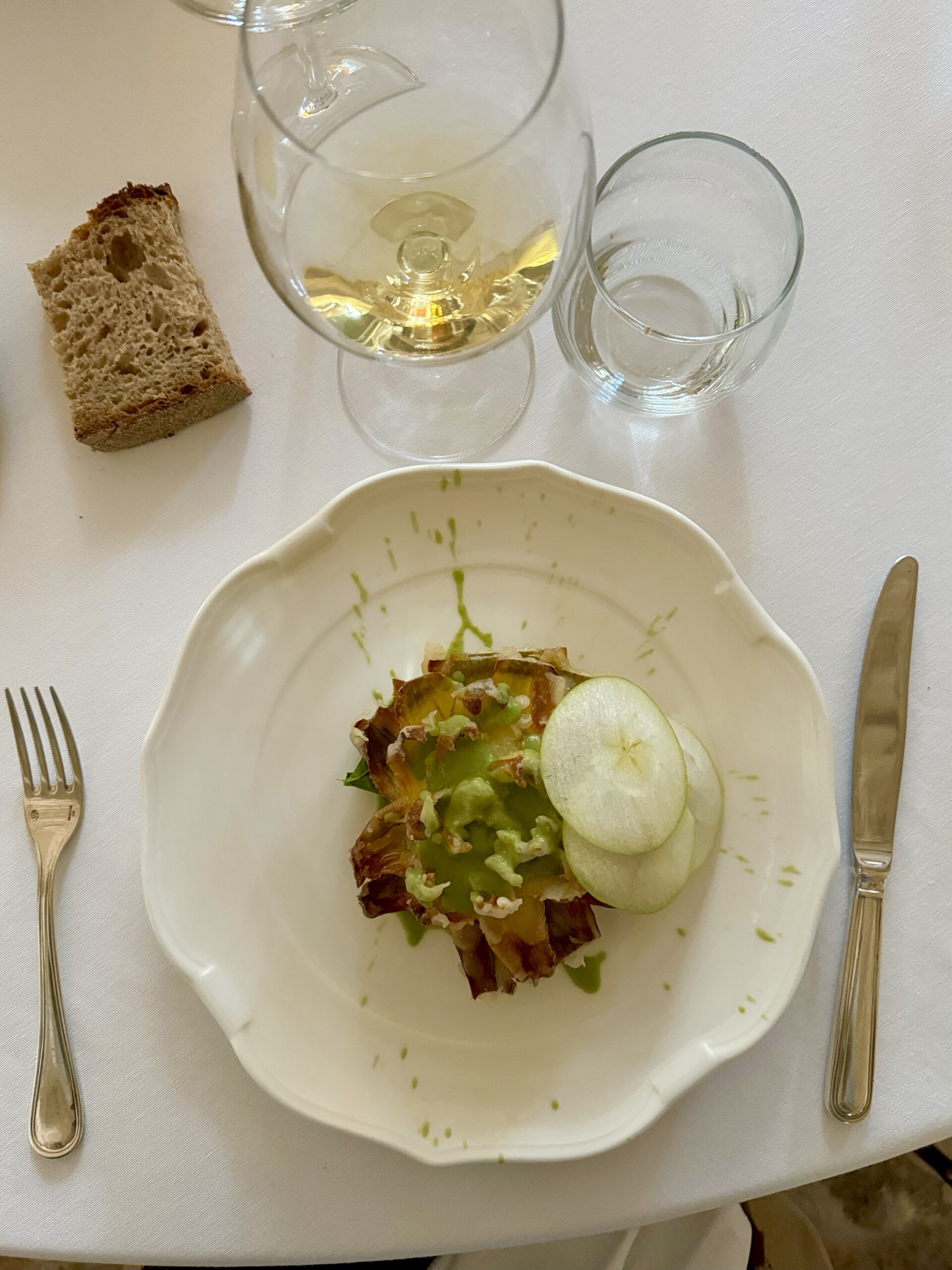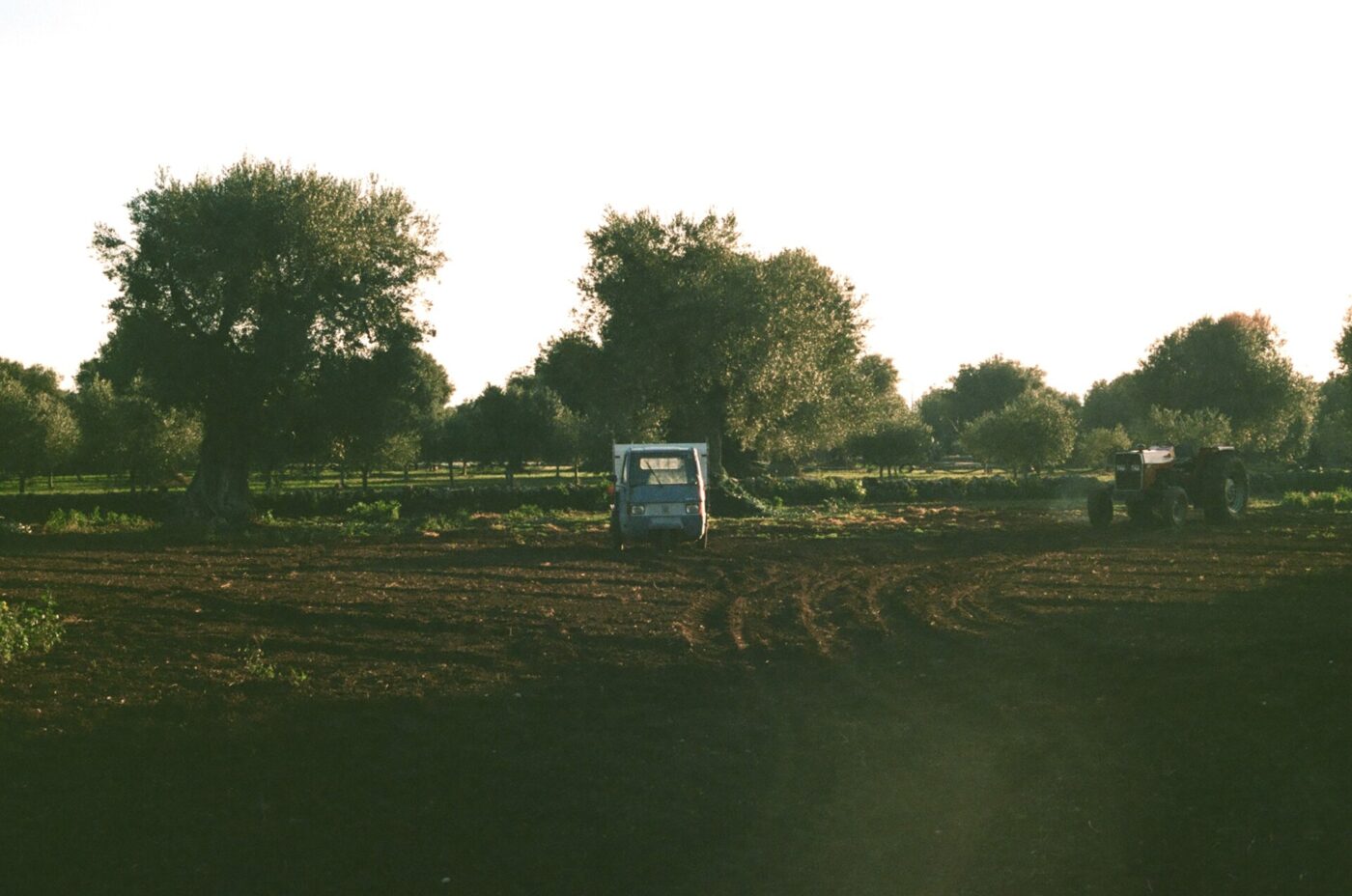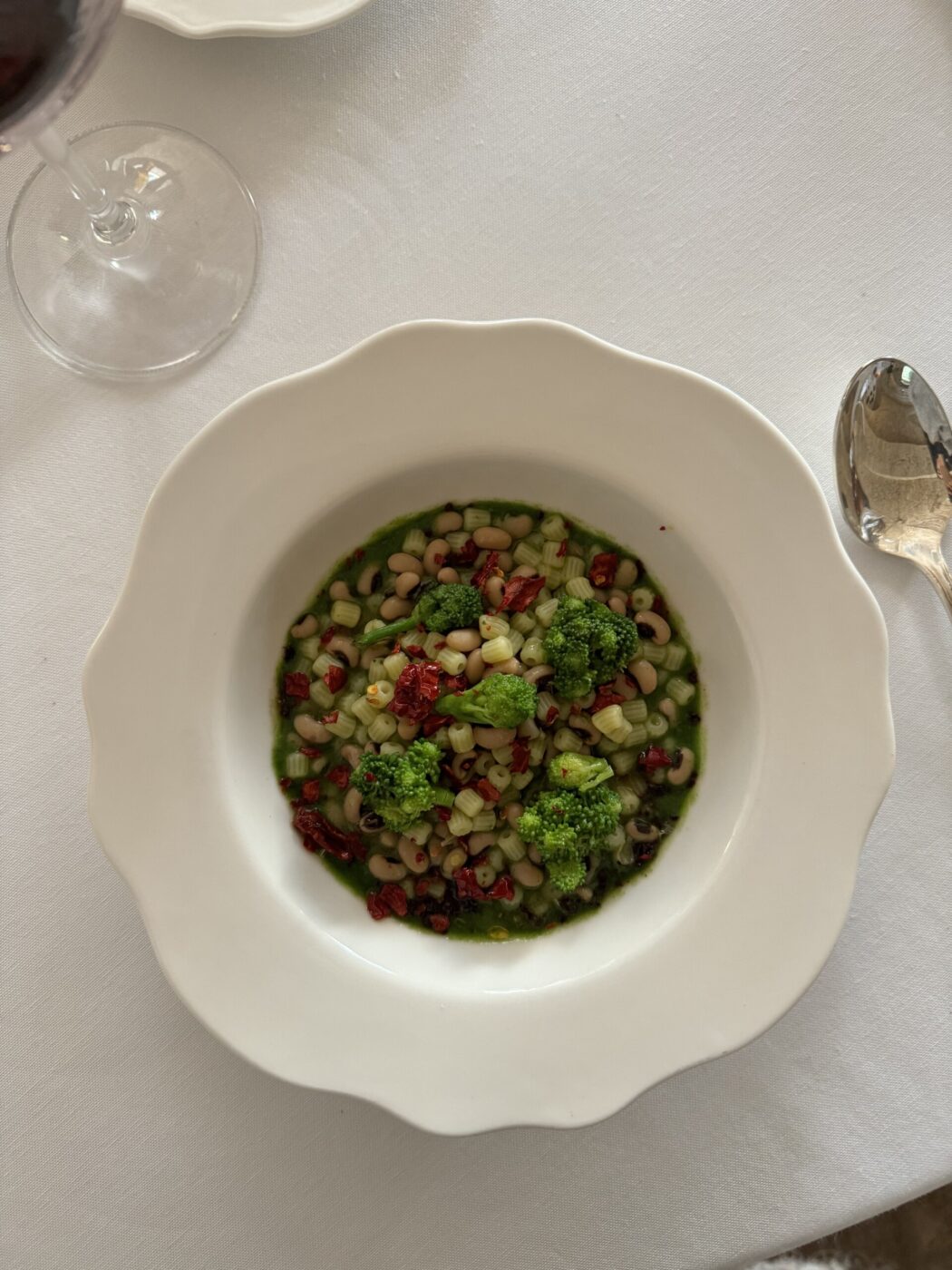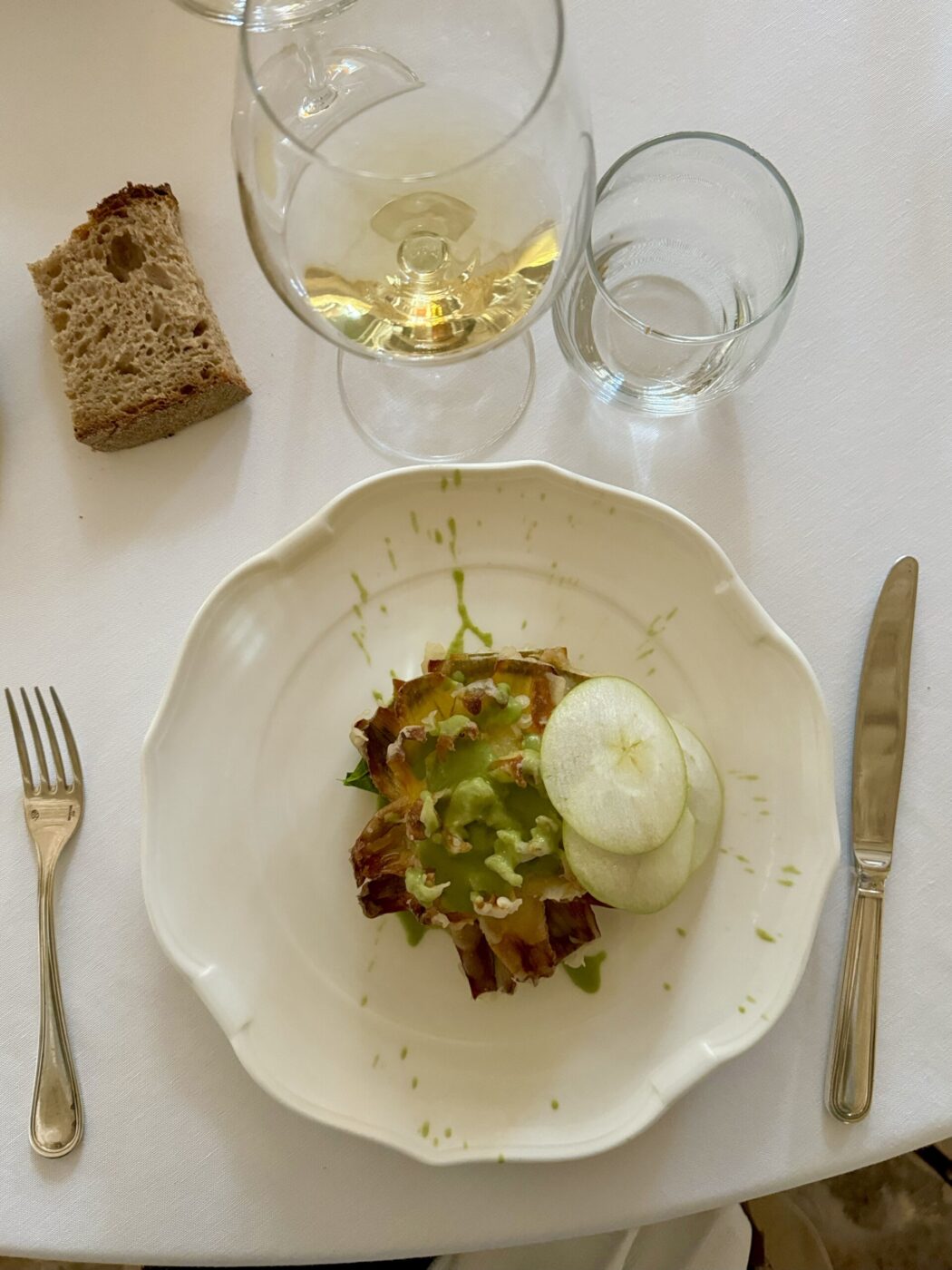In Puglia, there exists a face little known to the Pugliesi themselves. It’s a different essence, distinct from trulli, castles, and whitewashed walls, far from sunny and crowded beaches. I’m writing of the territories where the human imprint has not yet completely marked its territory, leaving room for forests, woods, and biodiversity. Villages with just 2,000 souls, where the inhabitants are the last guardians of an identity intertwined with the landscape, traditions, customs, and the natural cycle of the seasons, enriched by the biodiversity of plants, vegetables, and wild flora. This intangible heritage, passed down orally from generation to generation, is known as ethnobotany, the indigenous knowledge of plants.
Ethnobotany has a gastronomic aspect, of course, but it’s also therapeutic-pharmacologic and even magical. Just think of the Sangiovanni herb harvest on the night between the 23rd and 24th of June. This herb–hipericum perforatum, or St. John’s Wort–has the function of chasing away devils when kept indoors, and if you put its flowers in olive oil and leave it in the sun, after two months it turns red and serves as a healing agent for cut wounds. Finally, if you make a decoction with it, the herb helps keep bad moods away. (In fact, the hypericin contained in St. John’s Wort is an active antidepressant ingredient.) This is ethnobotany.
In Puglia, our cuisine is not limited to focaccia, burrata, and orecchiette; it’s one that also values ingredients that are often overlooked and considered “ancient” and “poor.” Wild asparagus, lampascioni (bulbs of a tassel hyacinth), sivoni (slightly bitter green leaves), cicorielle campestri (wild chicory), thorny thistles, wild blackberries, visciole (sour cherries), and wild fennel… These ingredients recount the memory of our ancestors’ poverty and, in an age when Puglia goes from orecchiette con cime di rapa to sushi, remain in the shadows of shame tied to our past and simple peasant cuisine.
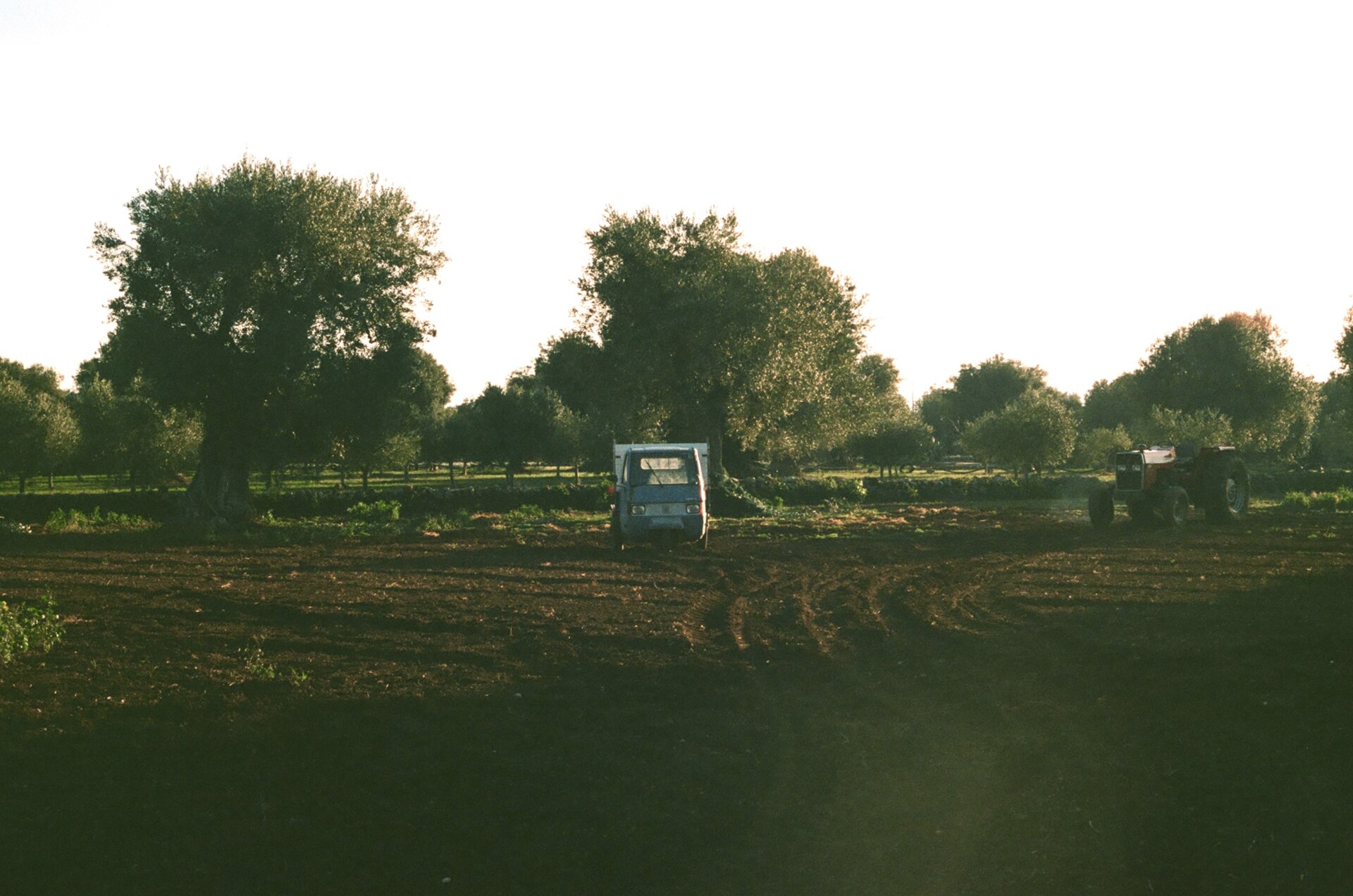
However, in every corner of Puglia–and the world, for that matter–there’s nothing more contemporary and rich than what the land spontaneously offers every day. Nothing is more exclusive, genuine, and authentic–not to mention, absolutely delicious. Carbonella mushrooms are so fleshy that they can withstand cooking in vinegar and wine to then be preserved in olive oil for several months, just as lampascioni cooked in the same way can be preserved throughout the year in mouthfuls of extra virgin olive oil. You could eat wild mustard raw–which immediately reminds you that it’s the true protagonist of the mustard family–but Pugliesi more commonly sauté it with garlic and anchovy to accompany spaghetti or orecchiette. We usually prepare the wild thistle as per the Murgian tradition, adding eggs, cheese, and breadcrumbs and then pan frying until it encrusts.
Along with these plants come depopulated landscapes that, beyond their natural beauty, offer only silence, calm, and light. Also authentic are the inhabitants of these places: farmers, wandering shepherds, and the mothers and grandmothers who have acted as custodians of the territory–true repositories of the identity of this land. They are the only ones who can speak of a Puglia that does not follow the fashions of the moment.
Young people absolutely must dedicate a listen to these last living witnesses; they must listen to what real food once was and what the Pugliesi ate by turning to their land. It’s up to the next generation to become spokesmen and witnesses for their wisdom by documenting the orality of their ancestors–to be passed onto future generations–before their knowledge and skills are lost along with them.
